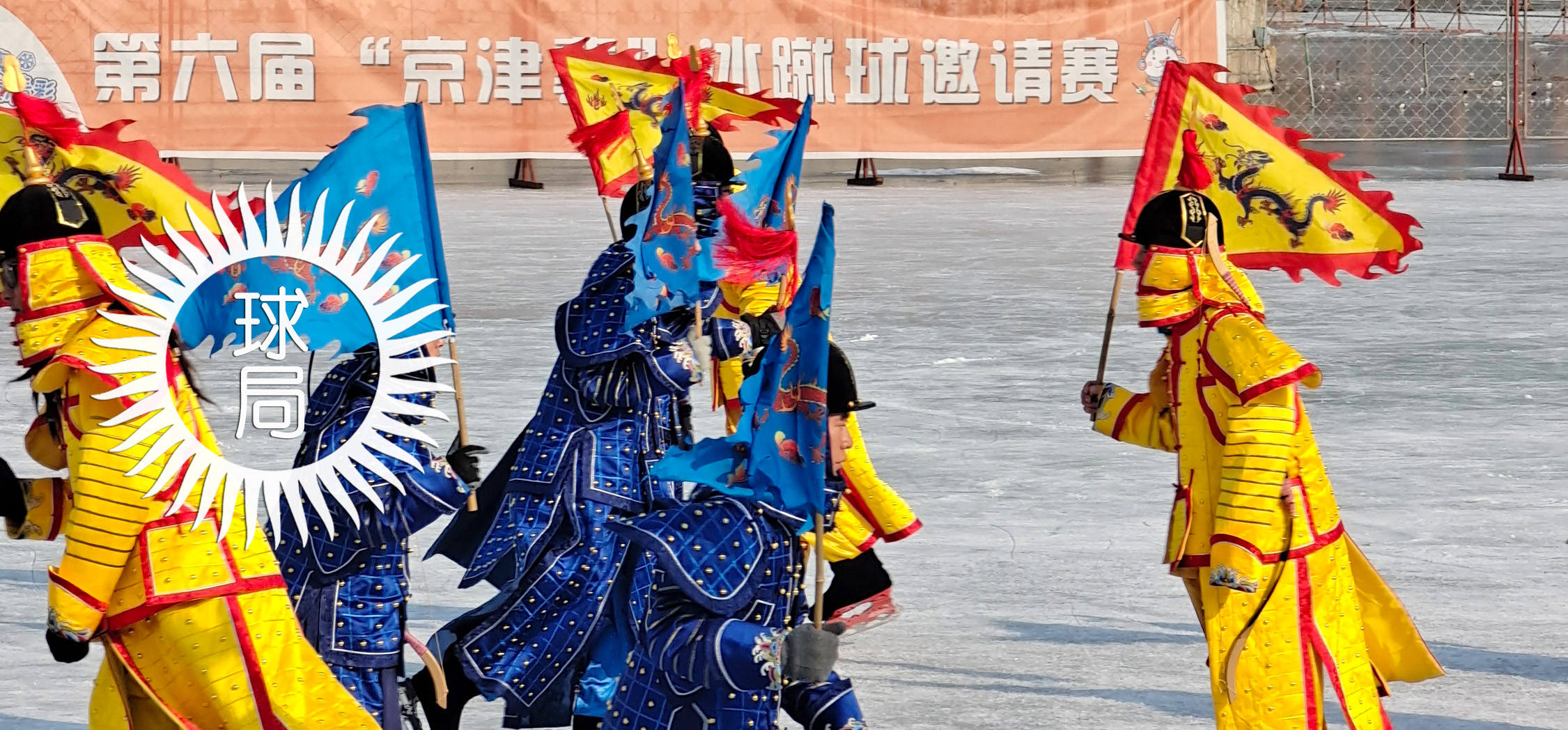
(⊙_⊙)
An article on global humanities and geography every day
NO.1952-Zhenghuangqi’s story
Author: Nancheng Saijinhua
Proofread: Gu Hanying / Editor: Yakult
On May 27, 2021, Beijing Bus 856 boarded. A middle-aged and elderly aunt who claimed to be “Zhenghuangqi” asked a passenger to give up her seat and used discriminatory language to abuse her. This scene was recorded as a short video by other passengers. After a few days of fermentation, it caused a negative social impact. The aunt was detained by administrative detention on June 8.
This incident has been settled, but what does the positive yellow flag identity that Beijing aunt is proud of, why does the “positive yellow flag” person with the sky-patterned head crowd the bus when going out? What happened behind this?
The competition between white mountains and black waters
The Eight Banners is a military system established by Jianzhou Jurchen. The formation of this system played a vital role in the rise of the Jin Dynasty and the formation of the Manchus. After entering the Pass, it was also the cornerstone for the Qing Dynasty rulers to maintain their rule. A system does not appear out of thin air. A successful system is often the product of the joint influence of society, history, and other advanced systems. Therefore, in order to understand why a system appears, we must first understand the above-mentioned factors.
Yellow, white, red, blue and inlaid with yellow, white, red and blue, a total of eight flags
(Picture: Wiki@Sodacan)▼
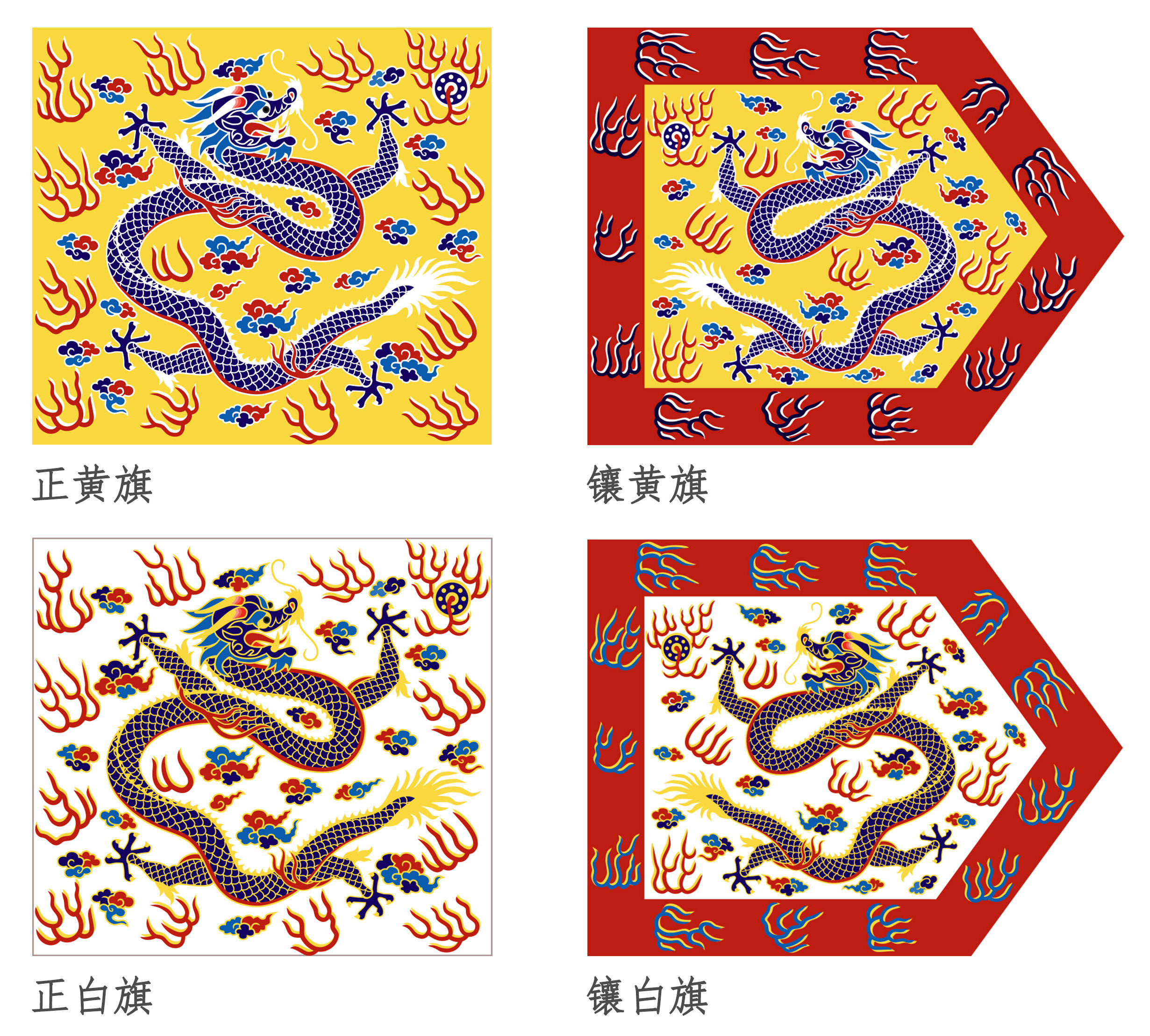
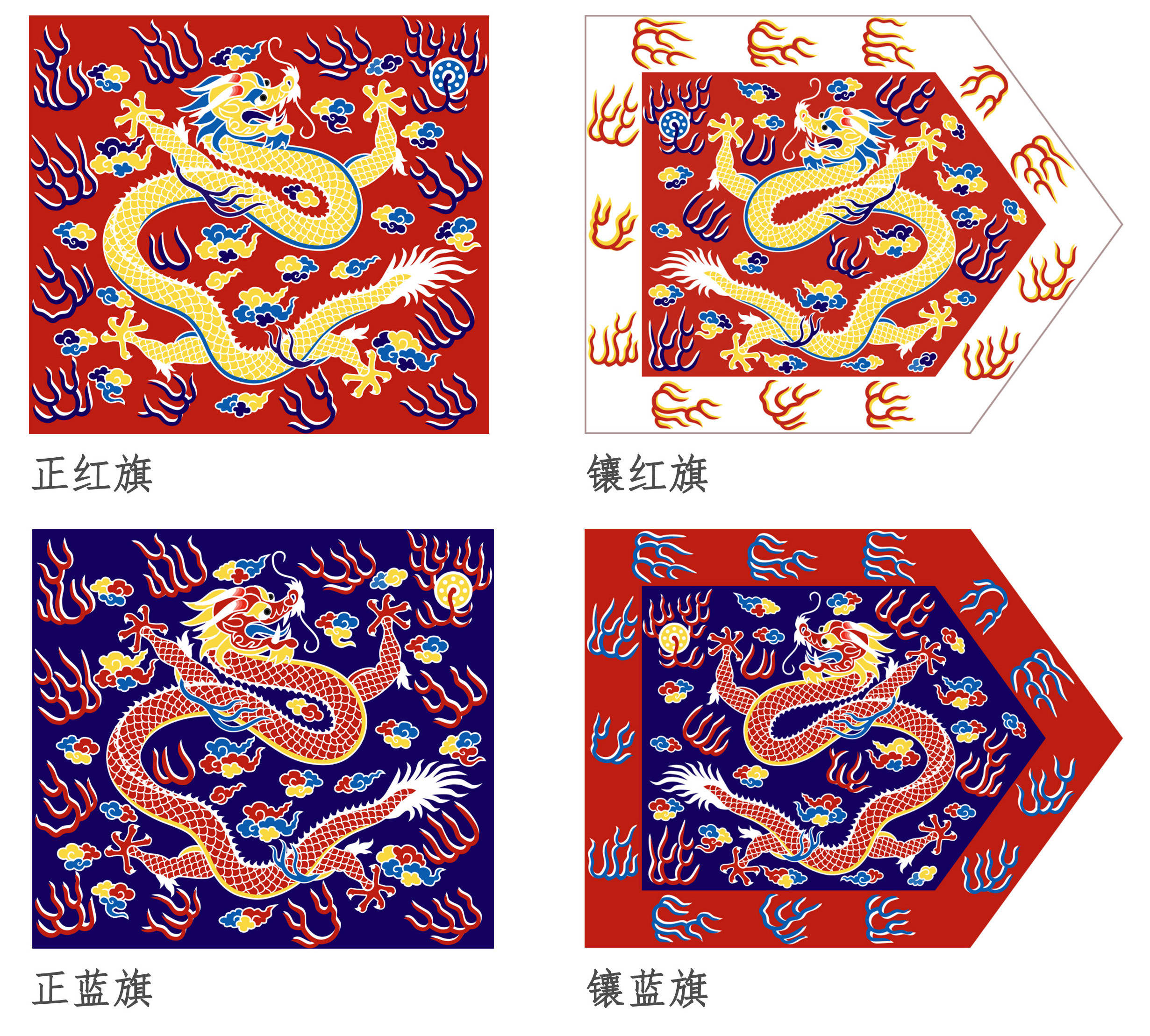
The greatest external pressure in the early and mid Ming dynasties came from the Mongolian plateau. Although compared with the Yuan empire, the tribes in the grassland also struggled constantly, but their military strength should not be underestimated. In order to fight against it, while strengthening the northern armaments, the Ming Dynasty also united all possible forces.
The pressure on the Mongolian Plateau makes the northeast region very sensitive geographically. The Yanshan Mountains and Guanningjin Corridor separate the inside and outside of the pass. Once this barrier is breached, Beijing as the capital will be at stake. Therefore, if hostile forces control the Mongolian Plateau and the Northeast at the same time, this will bring huge border pressure to the Ming Dynasty.
The Ming Dynasty’s northern defense line was in a state of war for a long time
Put great pressure on border defense and finances
If you have to deal with two directions at the same time, it may be difficult to parry ▼

At that time, various tribes of the Jurchen people lived in the northeast. They had similar languages and living habits. The tribes intermarried and attacked each other. Some tribes are closely related to the Han people in Liaodong and have better integration, and some tribes have more Mongolian ancestry. Without complete control, if the Ming Dynasty did not unite the Jurchen tribes, the Jurchen tribes might fall to the Mongol forces, which was obviously not what the Ming Dynasty emperor wanted to see.
On the other hand, the North Korean Li Dynasty is also accelerating its northward expansion, and its influence has already affected the northeast region of China. Once the local tribes are completely infiltrated by the Li Dynasty, it is also something that the Ming Dynasty does not want to see.
In the early years of Yongle, the Ming dynasty canonized the Jurchen Huli Reform Ministry, who had made meritorious service to him, and established Jianzhouwei. Soon after, the Wodoli Ministry gradually moved to the vicinity of Jianzhouwei, and the Ming Dynasty established Jianzhou Zuowei and Jianzhou successively. Right defender, appointed the leader of the Ordori Department, Meng Temu, to take charge of the left defender, and his brother Fancha to take charge of the right defender.
Meng Temu was the ancestor of the Qing imperial family in the future, and was regarded as the ancestor by the Qing court. The Huligai Department and the Woduoli Department became the core components of Jianzhou Jurchen. With the development and integration of the various parts of Jurchen, three major parts, Jianzhou Jurchen, Haixi Jurchen, and Savage Jurchen have gradually formed.
The names and directions of these three parts correspond quite well
It’s quite a taste of the inner seal and the outer Yi Di ▼
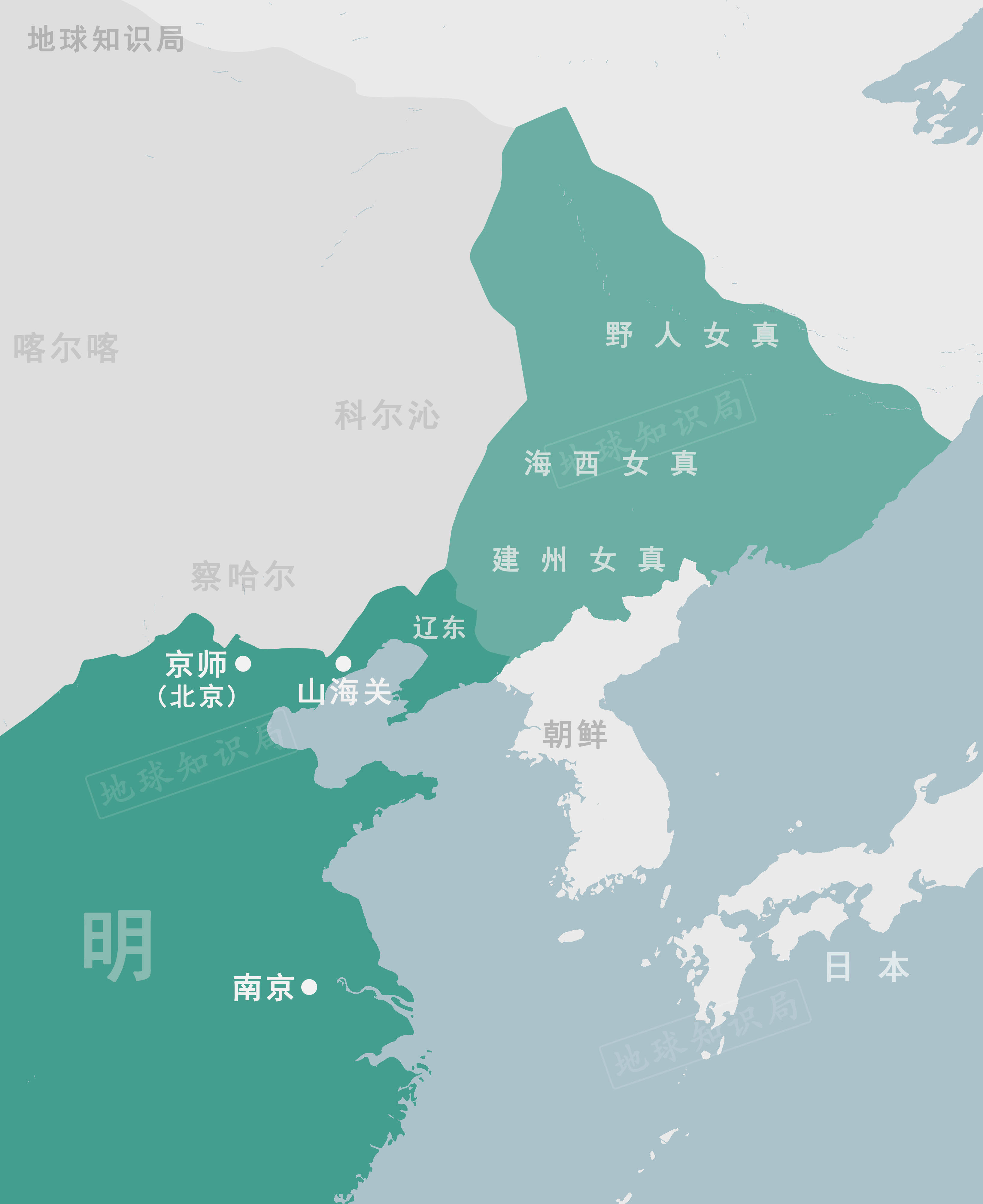
Jianzhou Nuzhen cooperated closely with Ming Dynasty, and the degree of Sinicization was higher.The Jianzhou Sanwei is different from the one directly controlled by the Ming Dynasty, and the degree of autonomy is extremely high.[mí]Sanitation. The commander as the commander is often held by the local chief, usually hereditary, and the imperial court has limited influence here.
Jianzhou Jurchens were not always loyal to the Ming Dynasty. From time to time, they would send troops to plunder the border people of Ming Dynasty or North Korea, turning them into slaves or craftsmen. The Ming Dynasty sent troops to attack from time to time as countermeasures, and also used internal contradictions in Jianzhou Nuzhen to weaken its strength. Jianzhou Jurchen repeatedly clashed between obedience and rebellion, using the looted population and resources to expand its power.
The Changbai Mountains actually form a geographic barrier here
This made it difficult for the counties and counties of the Ming Dynasty to expand to the hinterland of the fishing and hunting tribes.
And the west of Changbai Mountain has also become the focus of competition between Daming and Jurchen tribe ▼
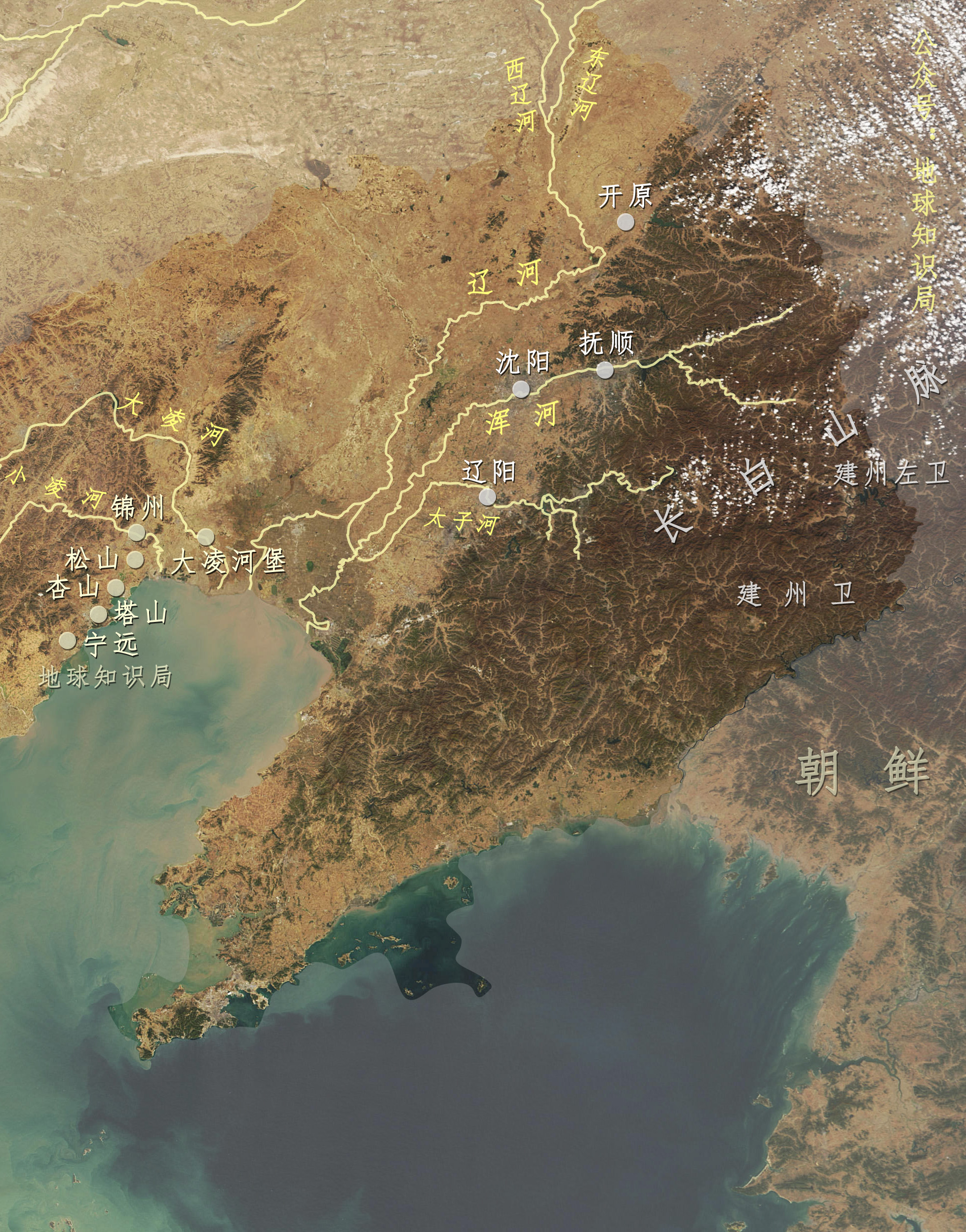
Where did the bannerman come from?
The Hada tribe and Yehe tribe of the Hercynian Jurchen in the late Ming Dynasty were the most powerful forces in the Jurchen, and they tended to cooperate with the imperial court. During this period, Jianzhou Jurchens were relatively suppressed, and at the same time they were dissatisfied with Ming Dynasty and Haixi Jurchens. Nikan Wailan, an ambitionist who was born in Jianzhou and had good relations with the border officials of the Ming Dynasty, also suggested that the Ming Dynasty send troops to conquer Jianzhou.
Wang Gao, a descendant of Fancha (who used to be in charge of Jianzhou Youwei), led the Jianzhou Jurchen troops to attack Fushun and looted them violently. Then they attacked Liaoyang, killed several Ming dynasty officers, and shocked the Ming court. Li Chengliang, the general army of Liaodong in the Ming Dynasty, assembled his forces to attack Jianzhou Youwei. At this time, Wang Gao’s strength was not even enough to build the prefecture, so he was bound to be unable to resist the assembled Ming army. After weighing the pros and cons, Wang Gao’s in-laws, Jianzhou Zuowei, commander Jue Changan and son-in-law Tukesi chose to secretly seek refuge in the Ming Dynasty.
After Wang Gao’s death, his son Atai rebelled again. In order to save his granddaughter who married Atai, Jiao Changan and his son Takshi entered the besieged city of Gule. Nikan Wailan came forward to persuade the city to surrender Gule. However, after the persuasion was successful, the Ming army abandoned their promise to slaughter the city, and both were mistakenly killed in the city.
Nurhachi is the grandson of Jue Changan, the son of Takshi, and the grandson of Wang Gao. Faced with the severe damage to his family, he asked the border officials of the Ming Dynasty to dispose of Nikan Wailan. However, the latter was not dealt with, and instead became a strong figure in the Jurchen ministries with his back from the Ming Dynasty.
For Nurhachi, the Ming Dynasty only allowed him to inherit the ancestor and serve as the commander of Jianzhou Zuowei. But this did not “comfort” Nurhaci’s anger, and later he chose to attack Nikanwailan and wipe out his forces. The Liaodong General Army accepted this fait accompli and did not send troops to intervene, and Nurhaci became the No. 1 Jurchen.
Actually from Daming’s point of view
Whatever it is like outside of the Great Wall, in the end can only admit a fait accompli
On the one hand, I am too lazy to intervene, on the other hand I am unable to intervene▼
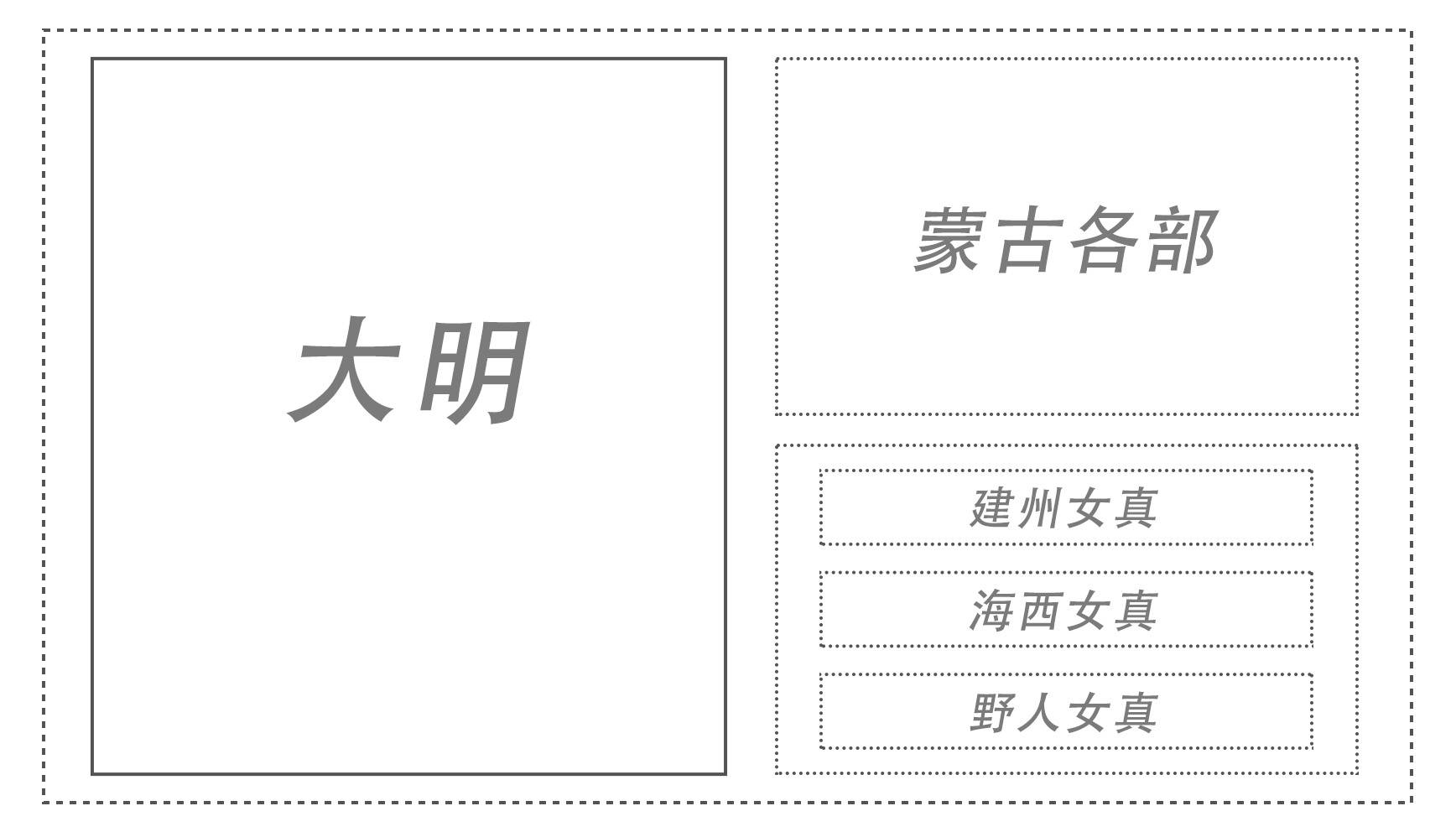
Taking advantage of the rare opportunity for development, Nurhachi built a walled city, gradually unified the various ministries of Jianzhou, and became in-laws with the Yehe and Hada tribes, who are well known for their bow horse skills, and formed their own cavalry unit by relying on the income of his own farm. Subsequently, Jianzhou Jurchen successfully resisted the three coalition forces of Yehe, Hada, and Huifa of the Haixi Jurchen, and established an alliance with Mongolia. Have the strength to integrate the various parts of Jurchen.
The decisive change occurred in 1599, when Jianzhou used marriage and other means to take advantage of the attack of the Hada tribe by the Yehe tribe, and annex it when it encountered a famine. The annexation of an equally powerful tribe brought new strength to the founding of the state, but also brought new management problems.
The original military system of Jianzhou had a strong national style of fishing and hunting, which continued the organization of hunting squads. With blood as a link, every 10-12 strong men from the unified village or one village are organized into a team. Although this kind of organization is flexible, it is also convenient for relatives and friends to become a small team. But this obviously adds a lot of trouble to the work of officers. Once the number of people participating in the war is large, it will become difficult to control.
In 1601, Nurhaci referred to the military system of the Jin Dynasty and carried out a large-scale transformation and reconstruction of the old military system. After the reform of the military system, Jianzhou exploded with astonishing fighting power. He defeated the Huifa Ministry in 1607 and annexed the Wula Ministry in 1613. The population and strength expanded rapidly.
In 1615, the embryonic form of the Eight Banners system, an organization combining military and political affairs, emerged. Every 300 households was a Niu Lu (zuo Ling), five Niu Lu was a Jia La (Participation), and five Jia La was a Gushan ( Flag), each level is commanded by the corresponding amount.
Then after the Battle of Thrall in 1619
Nurhachi, whose organizational ability has been greatly improved, successfully “goes down”
Since then, the situation in Liaodong in Daming has been out of control ▼
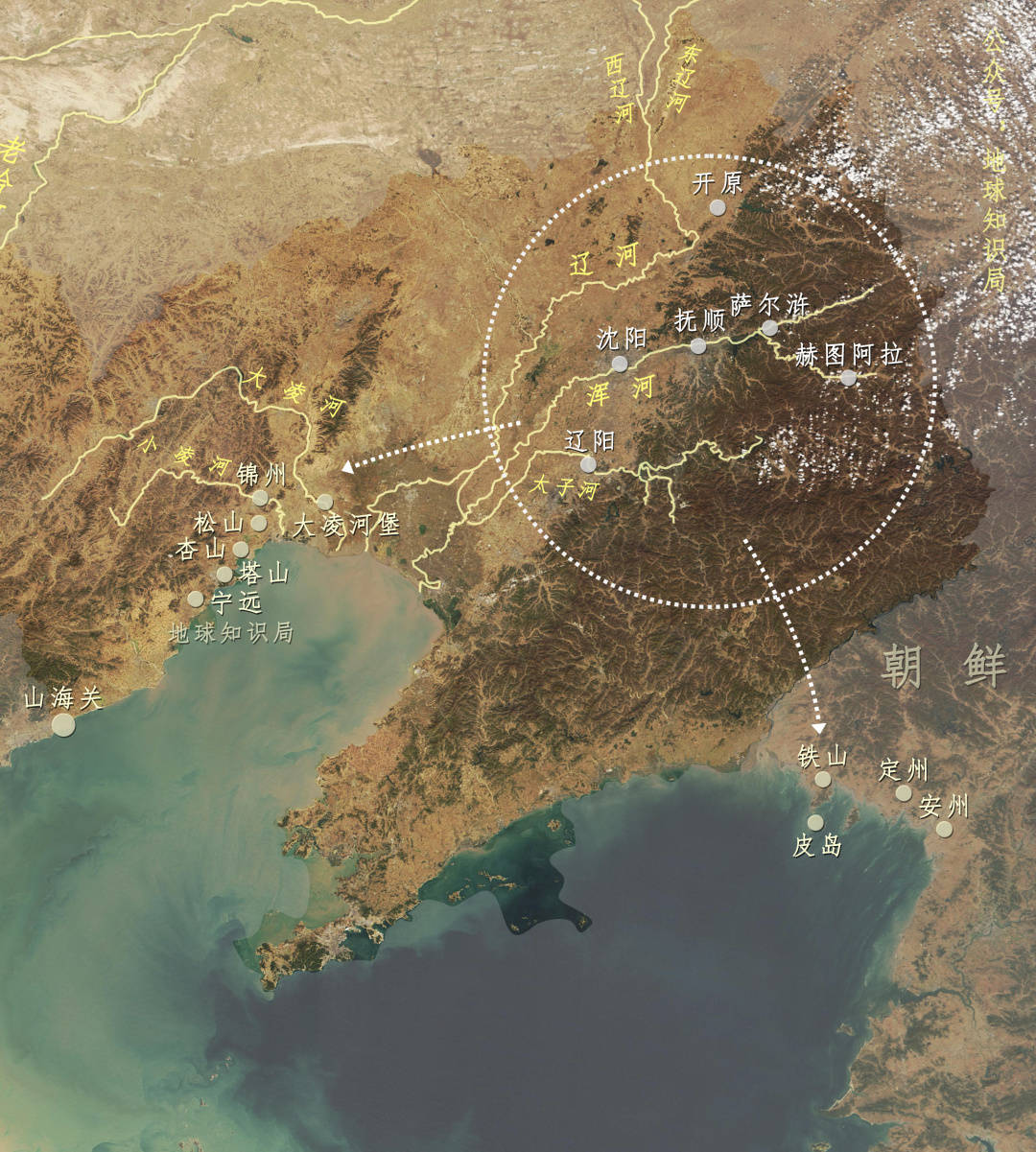
With the development of time, the Eight Banners system gradually matured. At least in 1622, the eight-flag system of the four-color flag and the four-bordered flag was formally established.
The Yellow Flag of Prosperity
However, the Zhenghuangqi that modern people refer to is not the group of people who have the highest affinity with Nurhachi.
As the power of Jianzhou grew stronger, Nurhachi’s tried-and-tested brothers and nephews began gearing up, preparing to stage a show of filial piety to seize power. On top of the Eight Banners, Nurhachi also set up a master class (the minister) and Baylor (the king). In theory, Baylor was in charge of each banner, but in fact he could only directly control the guards of each banner, forming a situation where he and the military generals contained each other.
For example, Huang Taiji is Nurhachi’s four belles, with two yellow flags ▼
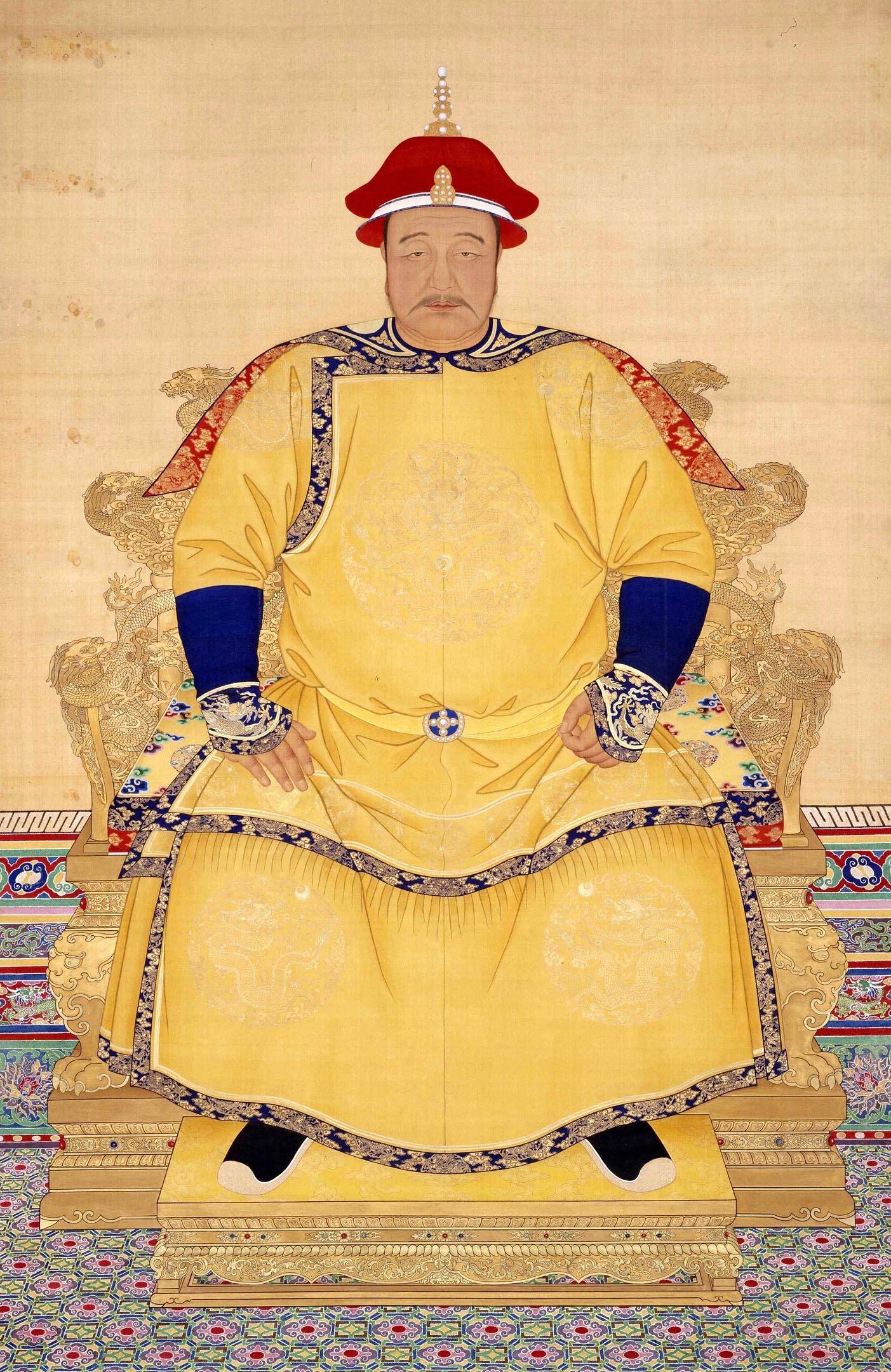
However, in the process of transferring power to Huang Taiji, cruel power struggles still occurred, which spread to the Eight Banners system. The two yellow flags are controlled by Nurhachi, and the name of the Zhenghuang flag also has the word “Zheng” in front of it, which usually makes people mistakenly think that it is the first flag. I don’t know if the aunt of the yellow flag on the bus also appeared a few days ago. This misunderstanding.
In fact, the yellow flag is the number one flag. In the future, under the banner of Menghuang will step out of Obai, and the Empress Dowager Ci’an will play the role of the most powerful one. The Empress Dowager Cixi carried the inlaid blue flag into the inlaid yellow flag. Zhenghuangqi celebrities look bleak in comparison. The only ones known to the public are Nalanxingde, the master and Paiqishan during the Opium War.
If you don’t consider this straight number
Only from the perspective of visual habits, the pattern on the right is more expensive ▼
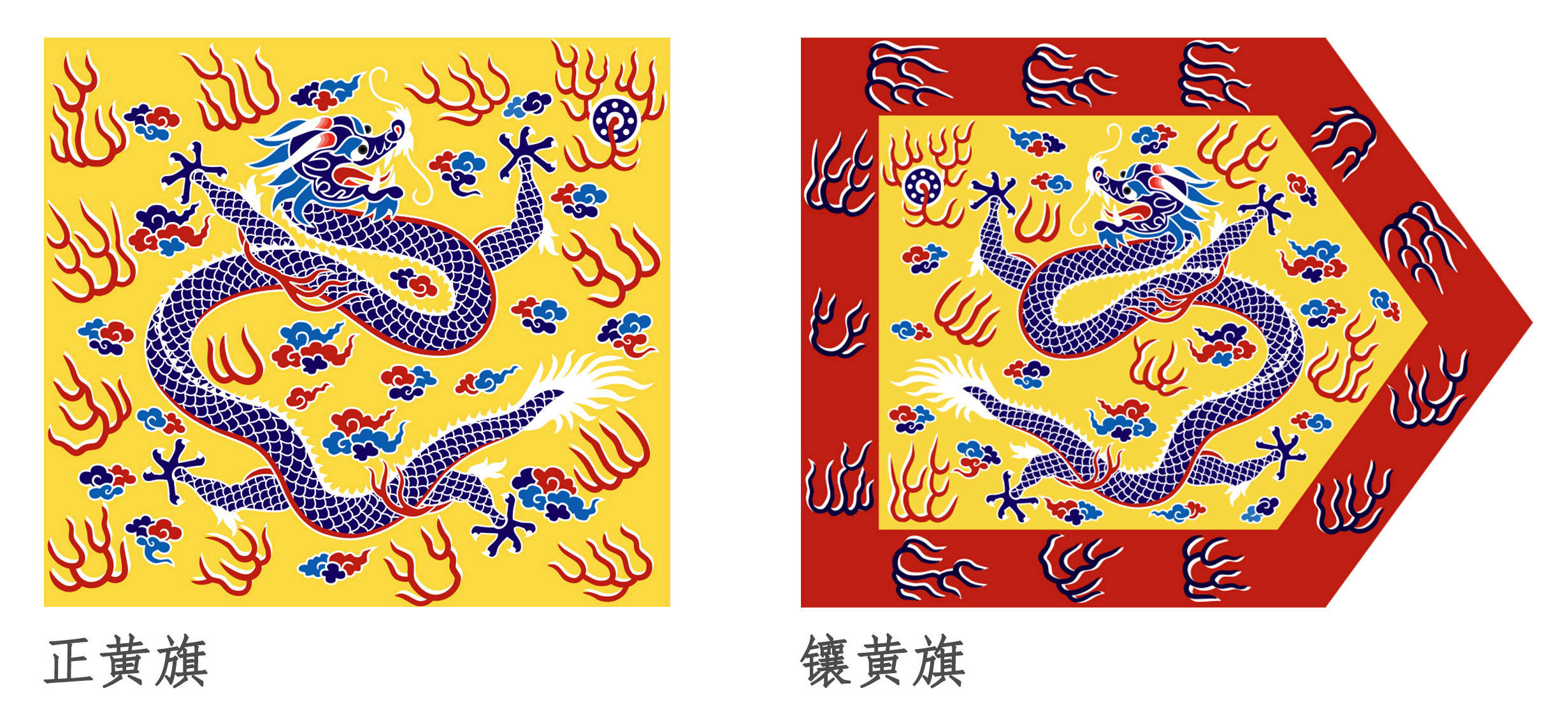
In the beginning, neither the inlaid yellow nor the positive yellow were in the hands of Huang Taiji, but belonged to his half-brothers-Duduo and Azig. Therefore, he downgraded the original inlaid yellow and normal yellow to inlaid white and true white, and changed the true white flag he commanded to a true yellow flag. The yellow flag (the original white flag) was given to the eldest son. After the Zhenglan flag was involved in the treason, it was remixed with the Zhenghuang flag to form the new yellow and Zhenghuang flags. The previous yellow flag has become a Zhenglan flag.
After entering the customs, half of the Eight Banners entered Beijing to garrison, and the rest were guarded in important cities such as the Yangtze River, the Yellow River, the Grand Canal, outside the customs, Mongolia and other important cities. They often occupy a corner of each city or build a new city to form a full city. As a military nobleman, the bannermen not only possessed salaries, but also enjoyed the privileges of exemption from tax and labor. At the beginning of entering the customs, they were once extensively enclosed.
You can watch the sea and skate
(Picture: Chen Siyu 117 Picture Worm Creative)▼
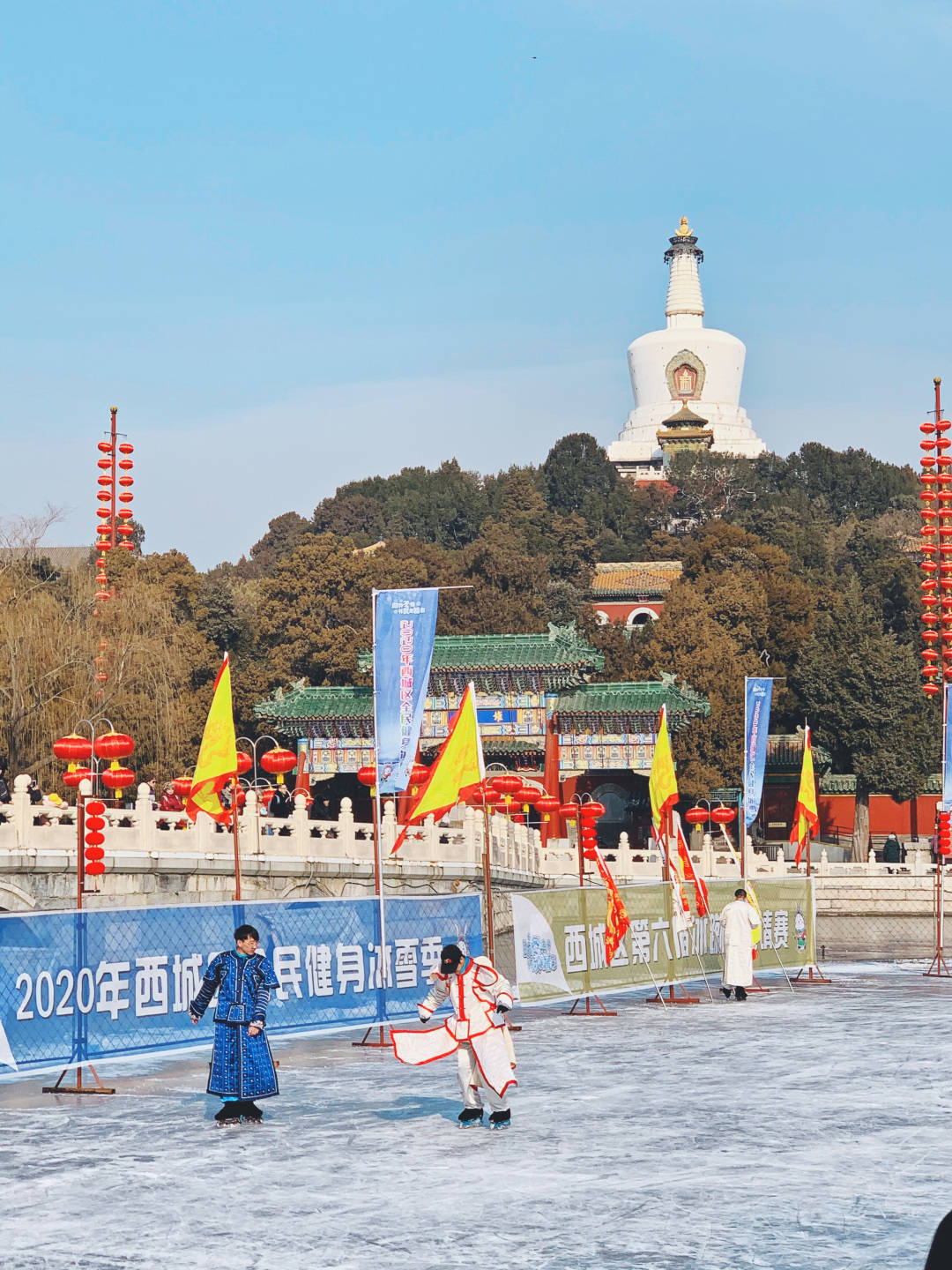
As the Qing Dynasty defeated the resistance forces in various places, put down the San Francisco, and defeated the powerfully rising Zhungeer tribe, step by step entered a period of relative stability and peace. The Baqiang brothers, who relied on the provision of soldiers in exchange for economic and political privileges, quickly entered an era when the privileges were still there but the obligations were greatly reduced, and they showed signs of being unusable since the suppression of San Francisco. A life of worry-free food and clothing, and lack of pressure gradually caused the general degeneration of the entire class, and the abolishment of armed forces became the norm.
In this way, the bannermen gradually reduced from a monopoly of violence and the formidable military aristocracy to a downright aristocracy. Their image in the hearts of the people has also changed from an arrogant master to a casual man who gets up on three poles and goes to Niujie for a snack and a bird walk.
With the expansion of the population, the economic privileges of the Baqizi brothers are no longer superior, and many Baqizi brothers live in a difficult situation, and some even become hooliganism. In the end, the Eight Banners, the core of the armed forces of the Qing Dynasty, was unable to suppress the uprising, nor was it able to resist external humiliation. As a result, the Manchu regime had to rely on Han ministers and regiments to train their armed forces, and the status of the bannermen declined further.
After the Revolution of 1911, the banner people’s social status was once reduced to the bottom. Today, the Qing Dynasty has been subjugated for 110 years.
Off work off work
(Picture: Pan Xiaochong’s Creativity) ▼
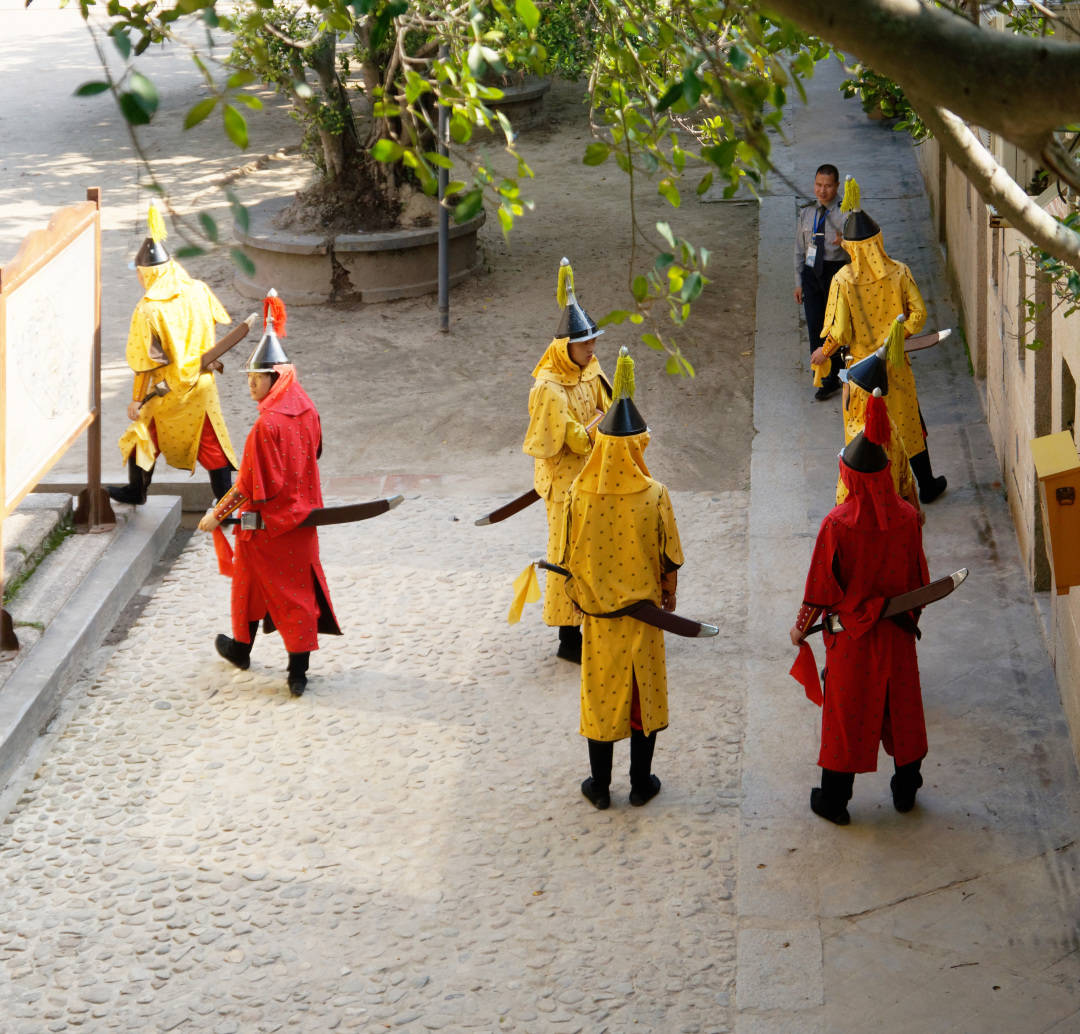
references:
- Ke Jiaoyan, Chang Shuhong. A new view on the origin and connotation of the Eight Banners Han Army[C].2002.
Ren Yuxue. Re-discussion on the origin time of Baqi Niulu[J]Manchu Studies, 2004: 82-91.
*The content of this article is provided by the author and does not represent the position of the Earth Knowledge Bureau
Cover: Chen Siyu’s Creative Ideas of 117 Figure Insects
EN




























































You must log in to post a comment.